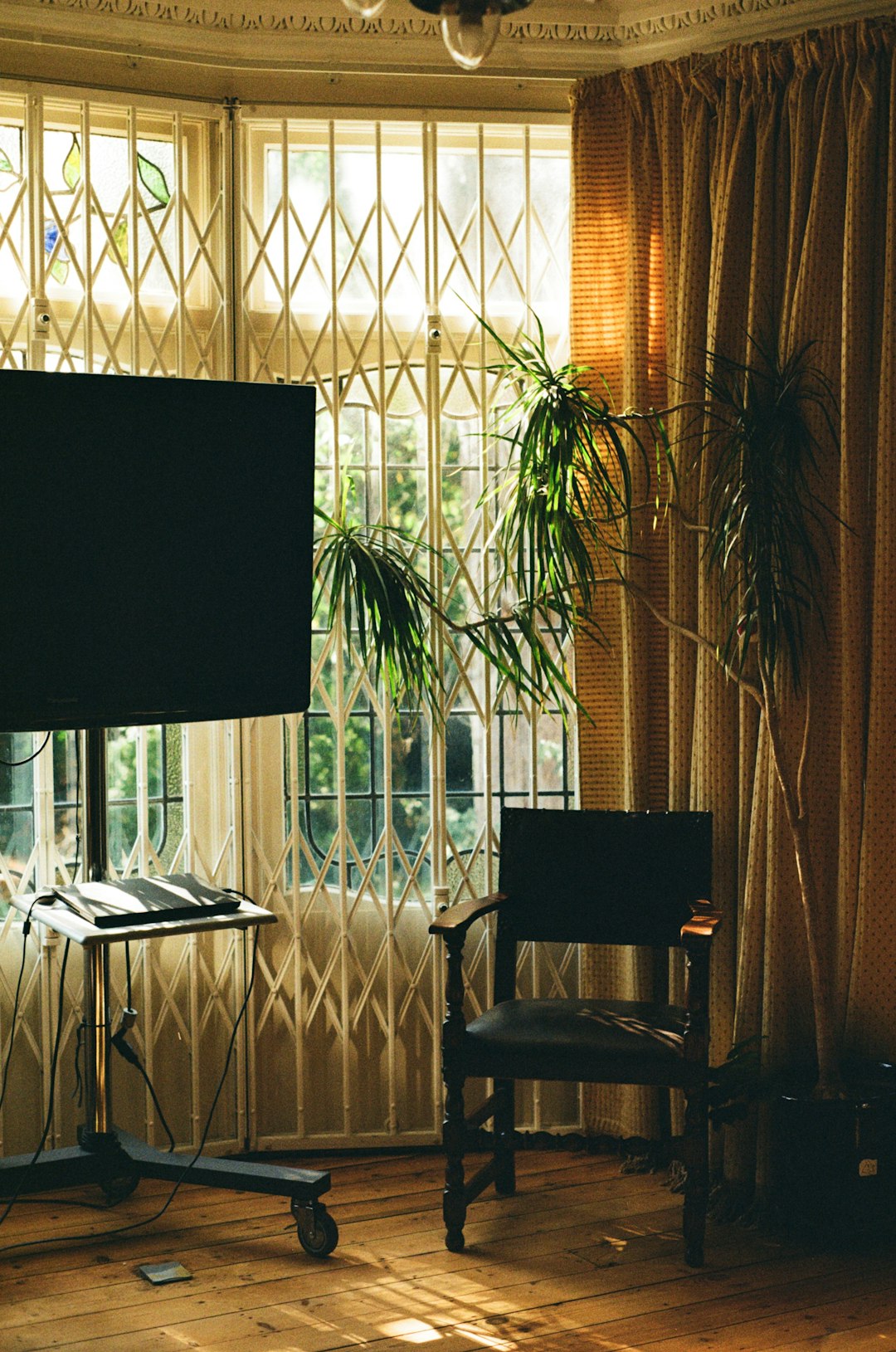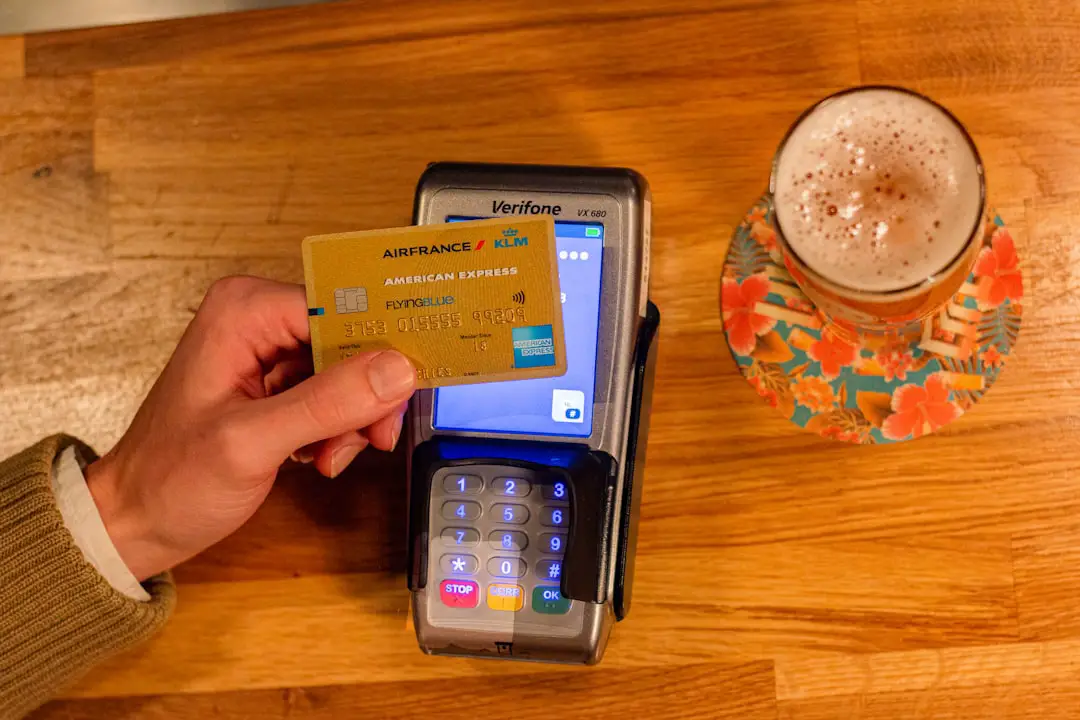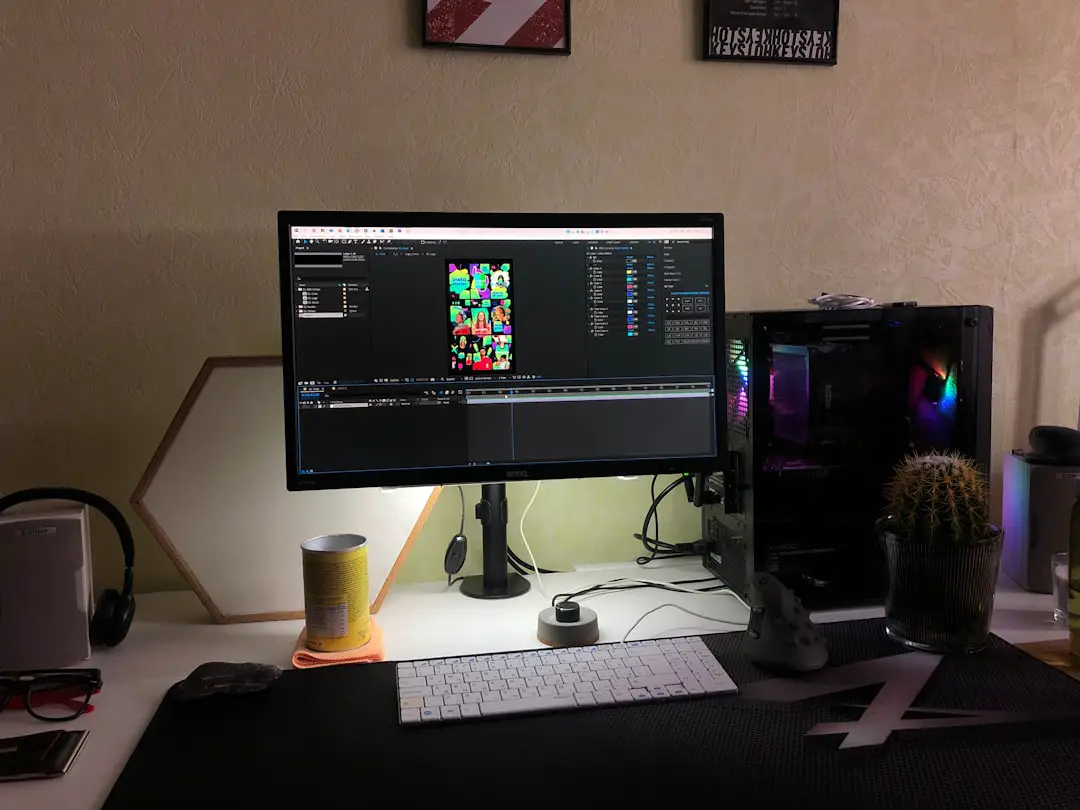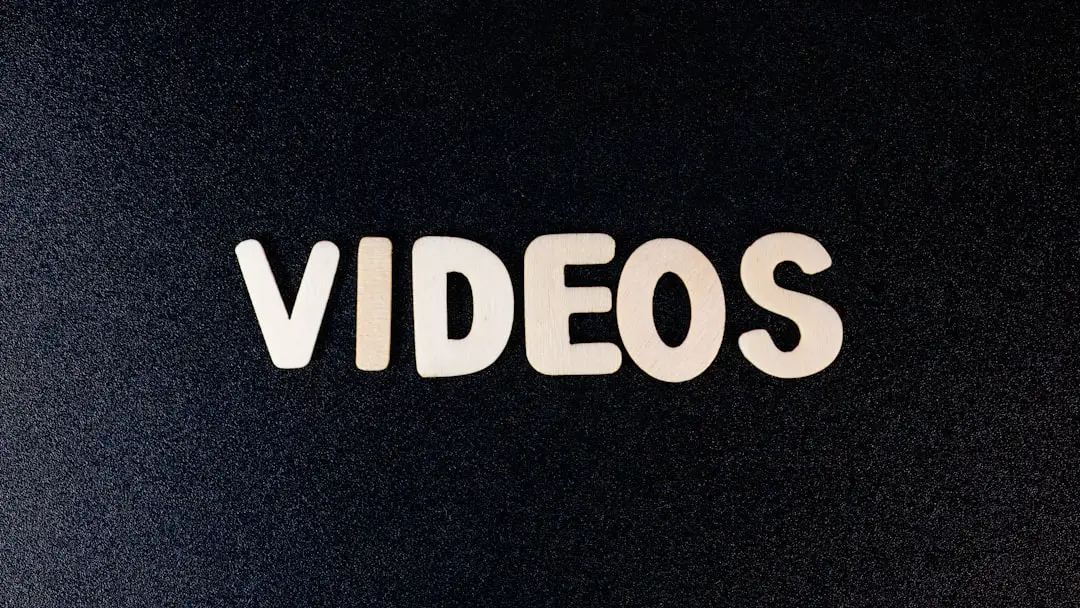In today’s digital age, video content is everywhere—from social media stories to YouTube tutorials and everything in between. One of the most important things to consider when creating or consuming video is its aspect ratio. Two of the most commonly used aspect ratios are 9:16 and 16:9. While they may sound like simple numbers, they drastically change how a video is viewed and the platform it suits best.
So, what exactly is the difference between 9:16 and 16:9, and why does it matter? Let’s dive in and explore how these formats affect video content from production to viewer experience.
What Is an Aspect Ratio?
The aspect ratio of a video is the relationship between its width and height. It is typically expressed in a format like width:height. This ratio tells you the orientation and shape of the video frame.
- 16:9 is known as landscape orientation.
- 9:16 is essentially the same ratio flipped, also called portrait orientation.
Each has its own specific use cases and visual impact that caters to different types of content consumption.
Understanding 16:9 – The Widescreen Standard
16:9 is the most common video format in use today. It is the default aspect ratio for televisions, computer monitors, and most video platforms like YouTube and Vimeo. The format offers a wide field of view, making it ideal for capturing landscapes, group shots, and cinematic experiences.

Advantages of 16:9:
- Better suited for horizontal viewing on TVs and desktops
- Optimal for cinematic storytelling and wide-angle shots
- Used widely across traditional and online media platforms
Whether you’re watching a Netflix series or streaming a TED Talk on YouTube, chances are it’s formatted in 16:9. This format makes the most of horizontal screen space and is perfect for engaging audiences in a traditional viewing environment.
What About 9:16 – The Rise of Vertical Video
Flip the 16:9 ratio on its head and you get 9:16. This vertical format has gained explosive popularity, thanks to the rise of mobile-first platforms like Instagram Stories, TikTok, and Snapchat. Designed to fill the entire screen of a vertically held smartphone, 9:16 offers an immersive viewing experience on mobile devices.

Advantages of 9:16:
- Perfect for full-screen mobile viewing
- Ideal for social media content and vlogging
- Captures attention in short-form video platforms
As user behavior continues to tilt towards smartphones, particularly for consuming short and engaging content, 9:16 has carved out a strong niche. It’s the go-to format for influencers, marketers, and creators aiming to connect with audiences scrolling through feeds on their phones.
When Should You Use Each Format?
Choosing between 16:9 and 9:16 largely depends on the platform and the user experience you aim to deliver. Here’s a quick guide:
- Use 16:9 when you’re producing:
- YouTube videos
- Television commercials
- Livestreams on platforms like Twitch or Facebook Live (desktop view)
- Use 9:16 when you’re creating:
- Instagram Reels or Stories
- TikTok videos
- Snapchat content
How It Impacts Storytelling
The choice of aspect ratio isn’t just technical—it also affects how stories are told. A 16:9 video allows for wide frames and panoramic views, adding depth and scope to scenes. On the other hand, 9:16 is inherently more intimate—it narrows the field of view, making the subject the main focal point. This can lead to a more personal and direct connection with the audience.

Conclusion
In summary, 16:9 and 9:16 serve different purposes depending on how and where content is consumed. With the rise of smartphones and shifting viewer habits, both ratios have become equally important in the world of digital video.
Whether you’re a content creator, video marketer, or casual viewer, understanding aspect ratios helps you make better choices—matching the right format with the right content to make the most impact.
